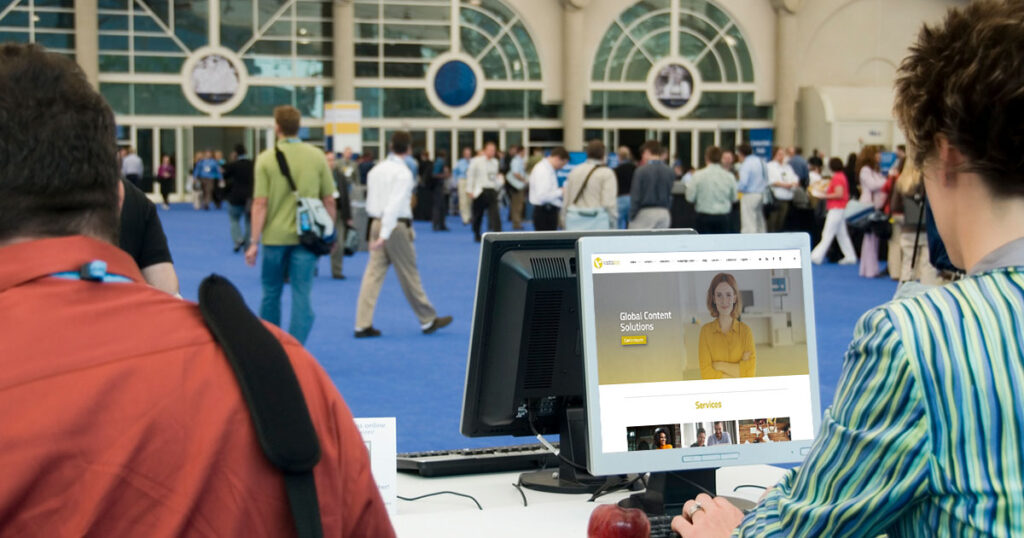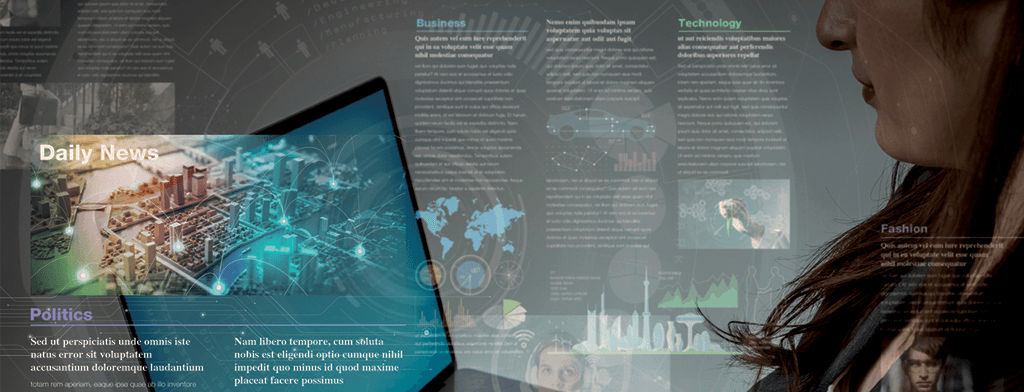Global Content Operations Readiness Post-Pandemic
Originally published for The NewComm Global Group blog, ‘Not Your Mom’s Global Markets.’
My mother called me one day during the first lockdown in March 2020, bragging about how her online order of Nespresso coffee capsules had just been delivered! This was the first time that she had ordered anything online for delivery. This force of circumstance was a global phenomenon; everyone had to adapt to the shift online, businesses accelerated digital transformation plans, and brands needed to rapidly change their messaging to stay relevant and top of mind.
Global content operations experienced a surge in activity during this time as companies rushed to change their strategy, and many developed Covid-branding. It’s fascinating to look back at how global brands reacted with their messaging. A study carried out by the Copenhagen Business School on behalf of the Commodifying Compassion Project provides some interesting insights. The focus of this study was to get a deeper understanding of how ‘helping’ has become a marketable commodity and how this impacts humanitarianism. That said, their four modes of engagement messaging make exciting reading:
Direct Engaged
Business puts its core capacities into directly fighting Covid, like Novo Nordisk’s Facebook posts showing healthcare workers thanking them for the Novo Nordisk-made protective gear.
Indirect Engaged
Business puts its core capacities into indirectly managing Covid, like Starbucks using promotional emails to share how they were supporting food banks across the US.
Direct Disengaged
Business helps others directly fight Covid, like the footwear manufacturer Camper sending promotional emails about using their 3D printing machines in their manufacturing facilities to make protective visors.
Directly Disengaged
Business helps others directly manage Covid: Like crowd-funding platform GoFundMe offering free consulting for non-profits on raising additional funds or Facebook promoting the existing small business loan program from the US government.
The study also mentions how brands focused on messaging around ‘Covid-coping’ and how brands could be used to help cope using pleasure, practicality, or denial. Some campaigns were more successful than others in this regard.
As the new normal kicked in, the tone and style of content continued to be empathetic and supportive. For example, Nike’s ‘Play for the World’ campaign, where we were encouraged to ‘play inside,’ was hugely successful. This trend was also seen with global B2B organizations calling out employee welfare as a key priority in their promotional and investor relations material.
The absence of trade shows and face-to-face business meetings pushed buyers entirely online. Even the most traditional companies realized that engaging with customers online was the only way to do business. This accelerated the move toward the humanization of B2B content. Historically, a lot of this content was very matter-of-fact and features and benefits-oriented, which served its purpose as informational. There is a growing acceptance that the reader and potential customer are human beings, discerning about the digital content they consume, and expect a high minimum standard of user experience.

So, what’s in store for global content operations in a post-pandemic world? We have all learned the hard way in the past several months that nothing is certain, and nothing stays the same. Here are some guidelines for consideration as you move forward:
Quality, Not Quantity.
Don’t publish content for content’s sake. Content needs to have value and should be authentic, educational, and actionable. In a survey carried out by immerj about content preferences and trends in 2021, the most preferred content style was in-depth and valuable. Your potential customer can see through the ‘fluff,’ which will not help with the credibility of your brand. Salesforce’s Leading Through Change blog series is an excellent example of inciteful content that further positions its brand as a thought leader in the industry. The same survey reports that written articles are the preferred format, even over video and social posts; so, quantity is acceptable so long as there is quality. From a global perspective, be just as mindful of what content you translate and ensure that it is relevant in the destination locale. You may find that your localization budget is better placed elsewhere.
Be Inclusive
Make sure that your copywriting and translation style guides include instructions around inclusive language. Ensure that expressions or terminology do not exclude underrepresented groups or imply ideas that may be denigrating to any particular group. Bear in mind that there may be regional differences around what is acceptable and what the best alternative language should be, so be sure to check with local offices or language experts.
Think Globally, Act Locally
Remember that you are dealing with an increasingly discerning audience of sofa surfers; they are masters of rapid content consumption and have high user experience expectations and a low tolerance for mediocre content. They will disregard content in a language they do not understand and will not trust a brand with poor translations; they can move on to the competitive alternative just as quickly.

Plan how you will create language versions of your various content types for each platform and locale. Which story will you tell and to which market? The method you chose will depend on the purpose of the content. This can range from straight translation for informational content to transcreating content for a more fluid and creative result, potentially with some locally relevant references for more engaging call-to-action content. Using a creative brief, you may decide to create multilingual content from scratch for specific blogs, campaigns, and specialized content. This method is widely used, for example, with holiday destination guides targeted at a particular nationality. Social media posts are most often left with local teams as they react instantly to local events. The challenge will be the speed with which you can publish relevant content to each locale while maintaining a global tone of voice.
Aside from language planning, smart locale-specific decisions will need to be made for your multi-channel content strategy as not all platforms are effective or available worldwide. Also, consider the new influential platforms in the mix, e.g., Tiktok. As you plan your global content strategy post-Covid, be sensitive to the fact that not all countries are opening up at the same pace.
Be Agile, Be Brave And Measure
Your global content strategy requires careful planning with measurable targets, but make sure you have a flexible roadmap that allows for the unanticipated. You may need to change direction because of local or world events, trends, or consumer sentiment. Build-in some redundancy for trial and error. Try new languages, new platforms, new locales, new content types, and measure progress, knowing you may need to rethink your tactics based on observations from your analytics.
This is an exciting time for global content operations as organizations see the strategic value of digital and are more open to change and new ways of thinking. We will likely see more transformation as the world opens up and people settle on how they want to buy (the coffee capsules will continue to be purchased online!), where they want to work and how they want to do business. It will be interesting to read next year’s retrospective.
—

Aoife Murphy is a Strategic Accounts Director at Vistatec and Managing Director Europe for the Think Global Forum thought leadership initiative. With an academic background in international marketing and languages, Aoife has been working in the localization industry for 25 years and credits all her insights to the many customer conversations and Think Global Forum boardroom discussions she has chaired during this time.
References:
- https://councils.forbes.com/blog/whats-the-difference-between-expert-content-and-sales-content
- https://immerj.io/wp-content/uploads/2021/05/Mad-about-content-report_FINAL-1.pdf
- https://econsultancy.com/how-nike-is-striking-the-right-tone-with-its-response-to-covid-19/
- https://www.thinkglobalforum.org/blog/tgf/summit-week-day-two
- https://vistatec.com/digital-first/
- https://www.cbds.center/post/not-every-time-is-the-right-time-for-real-time-marketing-branding-in-the-covid-19-pandemic

